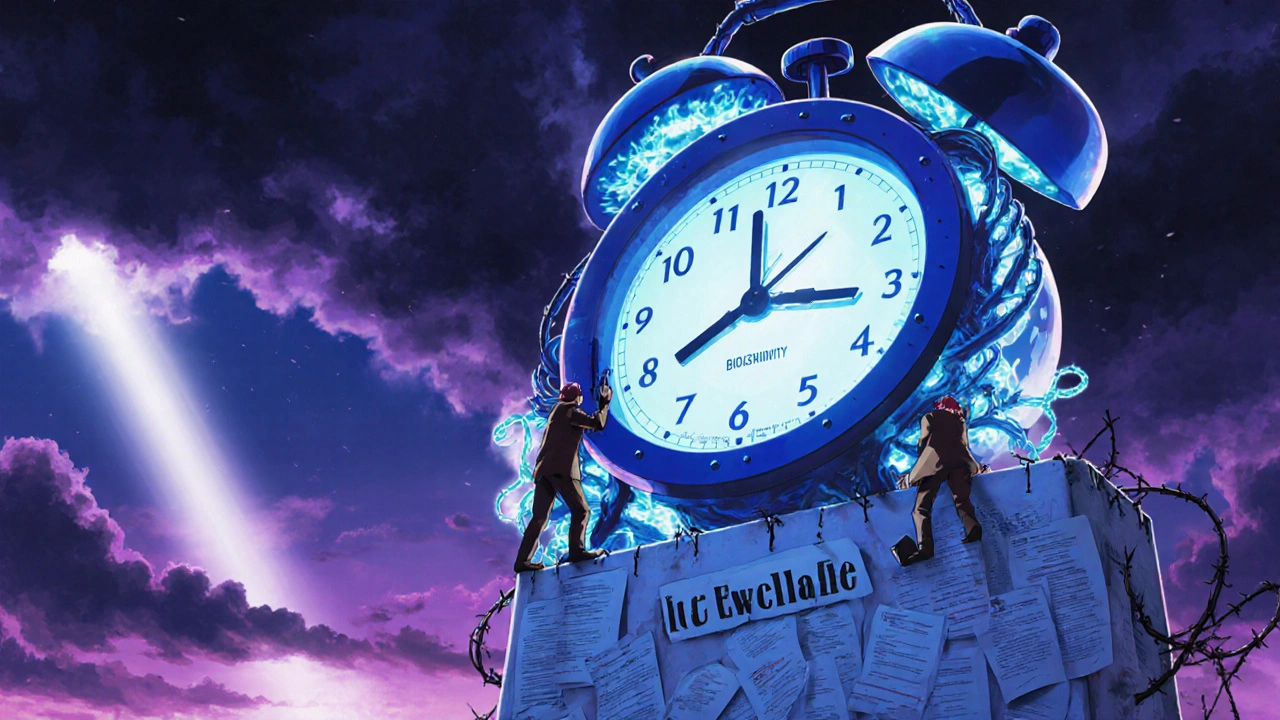BPCIA Exclusivity: How Drug Patents Delay Generics and Impact Prices
When you hear BPCIA exclusivity, a legal provision under the Biologics Price Competition and Innovation Act that grants biologic drug manufacturers up to 12 years of market protection. It's not a patent—it's a separate kind of monopoly designed for complex medicines made from living cells, not chemicals. This rule was created in 2010 to encourage innovation in biologics, drugs like Humira, Enbrel, and insulin analogs that treat autoimmune diseases, cancer, and diabetes. But in practice, it delays the arrival of affordable copies, keeping prices high long after the original drug’s chemical patents expire.
BPCIA exclusivity biologics, medicines derived from living organisms, often large proteins produced in cell cultures are fundamentally different from regular pills. You can’t just copy them like you copy aspirin. That’s why the law gives them longer protection—up to 12 years—before biosimilars (the generic version of biologics) can enter the market. But even then, biosimilars face hurdles: complex testing, high development costs, and legal battles over patents. Meanwhile, companies use formulation patents, patents on specific dosages, delivery methods, or ingredient combinations to stretch exclusivity even further, a tactic known as evergreening. This isn’t just about science—it’s about business strategy. And it directly affects what you pay at the pharmacy.
What’s surprising is how little most patients know about this system. If you’re on a biologic for rheumatoid arthritis, Crohn’s, or psoriasis, chances are you’re paying hundreds or even thousands per month because no cheaper version is legally allowed yet. The generic drugs, chemically identical copies of brand-name pills that become available after patent expiration you see for metformin or sertraline don’t exist for most biologics—not because they’re too hard to make, but because the law keeps them out. The FDA approves biosimilars, but the market stays locked until the 12-year clock runs out—or until a court forces a change.
Some of the posts below show how this plays out in real life. You’ll see how BPCIA exclusivity ties into patent strategies, patient access, and drug pricing battles. You’ll learn how bioequivalence testing for generics works, why healthcare providers push for cheaper alternatives, and how cultural attitudes shape whether people even consider switching. You’ll also find stories about drug interactions, safety reporting, and how patient feedback helps regulators spot risks—because when exclusivity blocks competition, the burden falls on users to monitor side effects themselves.

